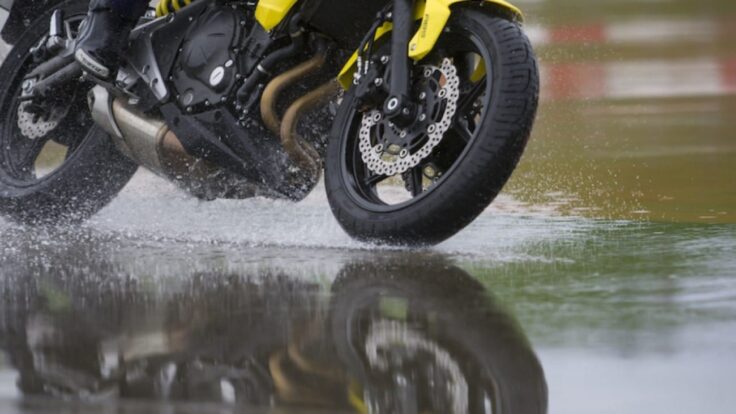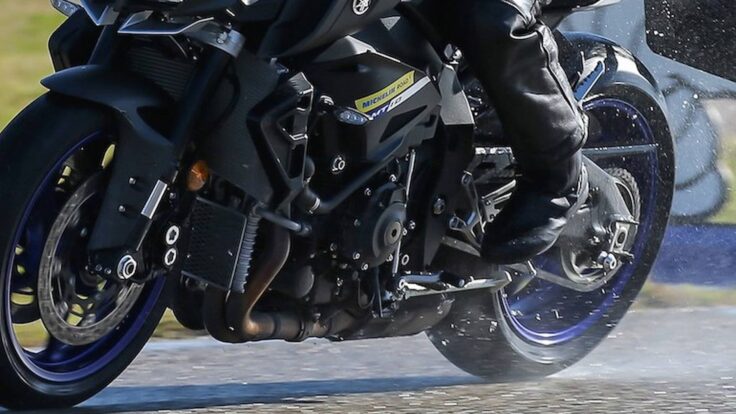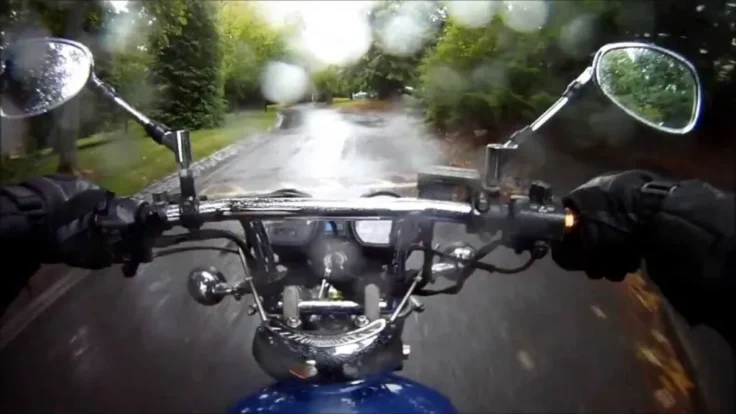When there is rainy weather, driving some means of transport is more dangerous than when the weather is sunny or similar. This risk increases when riding motorcycle in rain because this tool does not have a structure that protects the human body, for example, the chassis in a car.
For this reason, a list of 7 tips of riding motorcycle in rain that can be followed to avoid accidents that can be catastrophic for human life will be developed and, besides, material damage can reach the point where the motorcycle is in an irreparable state.
Here are the 7 tips on how to ride motorcycle in rain
1. Always drive in control

In these rainy conditions, if you ride faster you can lose control of the motorcycle and end up in an accident. The actions taken when you are on the motorcycle should be maneuvered smoothly. For example, if you are going to enter a roundabout, you must go at a low speed to avoid falling to the ground therefore you must go patiently and calmly.
2. Wearing safety gear
Wearing the appropriate equipment is always a good habit to avoid any inconvenience. Protective and waterproof layers, three-layer jackets. Also, always wear the basic equipment such as the motorcycle helmet, protective gloves, knee pads, boots and other instruments that help protect the driver. Gloves are essential in these circumstances because they allow a good grip and if the hand is wet it can slip and end in an accident.
3. Slowly brake

When it is to be braked, it must be done slowly and calculate a wider braking range because if the motorcycle is braked abruptly it can skid and the driver will end up falling off the motorcycle.
4. Use the rear brake instead of the front
In rainy weather, braking with the front tire is a danger and also if you do not have an ABS braking system that in the same way despite providing better braking quality guarantees nothing. If it is braked on the rear tire it allows greater maneuverability and driving ability.
5. Hold the motorcycle tightly

The crank of motorcycles when wet is usually very slippery and therefore must be held as firm as possible to prevent slipping and losing control. Such is the risk that such a situation could be compared as driving a car without taking the wheel but adding the factor of loss of balance so it would be fatal.
6. Avoid the lines
The lines being asphalt surface covered with paint, usually reduce the level of friction between the tires and the surface. This more the water generates a layer that almost does that the motorcycle does not make good contact with the ground and generates that the capacity of braking and maneuver is very little reason why it is necessary to try to avoid this signaling and go only on the asphalt.
7. Make precise signs
When driving in the rain, lane change, braking and other signals become even more important to notify other drivers that what is planned to be done and prevent accidents.

